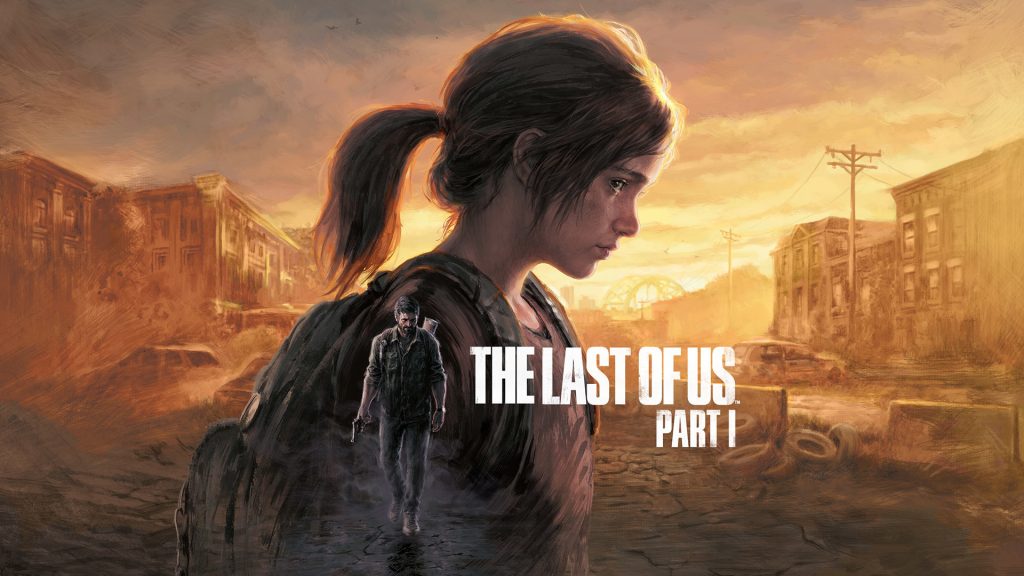Camera angles, lighting, and framing are utilized thoughtfully to convey emotion. Moments of tension are heightened through tight close-ups, while expansive shots illustrate the vastness of the desolate world. These techniques enhance the storytelling, drawing players into the emotional core of the experience.
Additionally, the 98WIN game’s soundtrack complements the visuals perfectly. Composed by Gustavo Santaolalla, the haunting melodies echo the emotional highs and lows of the narrative. The synergy between visuals and audio creates a powerful atmosphere, enhancing the engagement and emotional investment of players.
Cultural Impact: The Legacy of The Last of Us Part I
Beyond its technical achievements and narrative depth, The Last of Us Part I has left a lasting mark on gaming culture. This section will explore its impact on the industry, its reception among players, and the discussions it has sparked regarding video game narratives.
Redefining Storytelling in Video Games
The Last of Us Part I has played a pivotal role in redefining storytelling within video games. At a time when many titles focused primarily on gameplay mechanics, this game prioritized narrative and character development, demonstrating that video games can tell complex, emotional stories traditionally reserved for literature or film.
The success of The Last of Us Part I ignited discussions about the potential of video games as a medium for storytelling. It encouraged developers to emphasize character-driven narratives, paving the way for future titles that strive to achieve similar emotional resonance. The game challenged preconceived notions of what video games could be, inspiring a new generation of storytellers.
Community Engagement: Fostering Connection Among Players
The release of The Last of Us Part I fostered a passionate community of players who connected over shared experiences and interpretations of the story. Online forums and social media platforms became hubs for discussions, analyses, and fan theories. Players shared their emotional responses to the game, discussing the moral dilemmas faced by characters and the implications of their choices.
This communal engagement enriched the gaming experience, as players found solace in discovering others who resonated with the themes of love, loss, and survival. The game’s profound impact on individuals led to powerful conversations about mental health, trauma, and the importance of human connections in difficult times.
Moreover, the continuation of The Last of Us franchise through sequels and adaptations, including the HBO television series, signifies the lasting legacy of the original game. It has become a cultural touchstone, inspiring discussions about representation, narrative depth, and the evolving landscape of interactive storytelling.
Conclusion
In conclusion, The Last of Us Part I is not merely a video game; it is a transformative experience that resonates deeply with players. Through its rich narrative, complex characters, innovative gameplay mechanics, stunning visuals, and profound cultural impact, the game has solidified its place as a landmark title in the gaming industry.
The exploration of themes such as love, loss, and morality invites players to reflect on their own lives, forging connections that extend beyond the screen. As we continue to witness the evolution of storytelling in video games, The Last of Us Part I remains a shining example of what the medium can achieve—a powerful reminder of the enduring spirit of humanity in the face of unimaginable challenges.
As fans eagerly anticipate the future of this beloved franchise, its legacy endures, reminding us that even in the darkest times, there is still hope, love, and the possibility of redemption.


